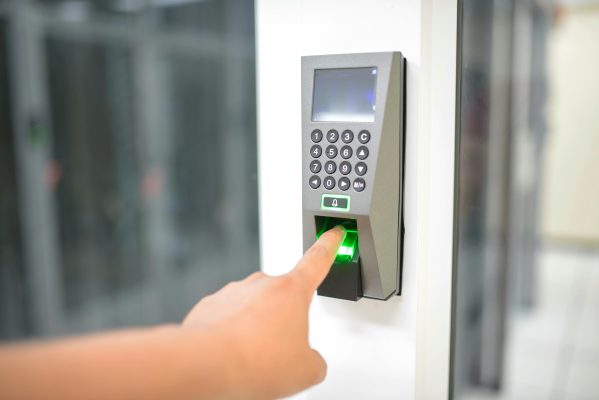In today’s digital age, secure office environments have become more crucial than ever. With sensitive data, valuable equipment, and the safety of the employees at stake, businesses must prioritize creating a secure workplace. This blog post will explore the key elements of a secure office environment and provide tips for ensuring your office space is as safe as possible.
1. Physical Security Measures
One of the first steps in securing an office is to implement physical security measures. These include:
- Access Control Systems: Limiting access to the office with key cars, biometric scanners, or coded entry systems help prevent unauthorized entry.
- Surveillance Cameras: Installing CCTV cameras in strategic locations can deter potential intruders and provide evidence in case of incidents.
- Security Personnel: Having trained security personnel on-site adds an extra layer of protection, especially in larger office buildings.
2. Cybersecurity Protocols
In an era where cyber threats are increasingly common, safeguarding digital assets is as important as securing physical ones. Key cybersecurity measures include:
- Strong Password Policies: Implement policies that require employees to use strong, unique passwords and change them regularly.
- Firewalls and Anti-Virus Software: Using robust firewalls and up-to-date antivirus software to protect against malware and other cyber threats.
- Data Encryption: Encrypting sensitive data to ensure it remain secure, even if accessed by unauthorized parties.

3. Emergency Preparedness and Safety
Preparing for emergencies is a critical aspect of a secure office environment. This includes:
- Emergency Evacuation Plans: Developing and regularly practicing evacuation plans to ensure employees know what to do in case of fire, natural disaster, or other emergencies.
- First Aid Kits and Training: Equipping the office with first aid kits and ensuring some staff members are trained in basic first aid and CPR.
- Incident Reporting Systems: Establishing a clear system for reporting and responding to security incidents or emergencies.
4. Employee Awareness and Training
A secure office environment depends on the vigilance and awareness of its employees. Companies should invest in:
- Regular Security Training: Providing training on cybersecurity best practices, emergency procedures, and the importance of reporting suspicious activity.
- Clear Security Policies: Establishing and communicating clear security policies that employees must follow, such as not sharing passwords or leaving sensitive documents unattended.
5. Security Audits and Continuous Improvement
Security is an ongoing process. Regularly conducting security audits and assessments can help identify potentials vulnerabilities and areas for improvement. This includes
- Risk Assessments: Evaluating potential risks to the office environment and implementing strategies to mitigate them.
- Technology Upgrades: Staying up-to-date with the latest security technologies and tools to ensure the office remains protected against new threats.
Creating a secure office environment is essential for protecting your business, employees, and assets. By implementing comprehensive physical and cybersecurity measures, preparing for emergencies, educating employees, and continually assessing and improving security practices, companies can create a safe and secure workplace. Investing in security not only protects valuable resources but also fosters a sense of safety and well-being among employees, ultimately contributing to a more productive and positive work environment.
